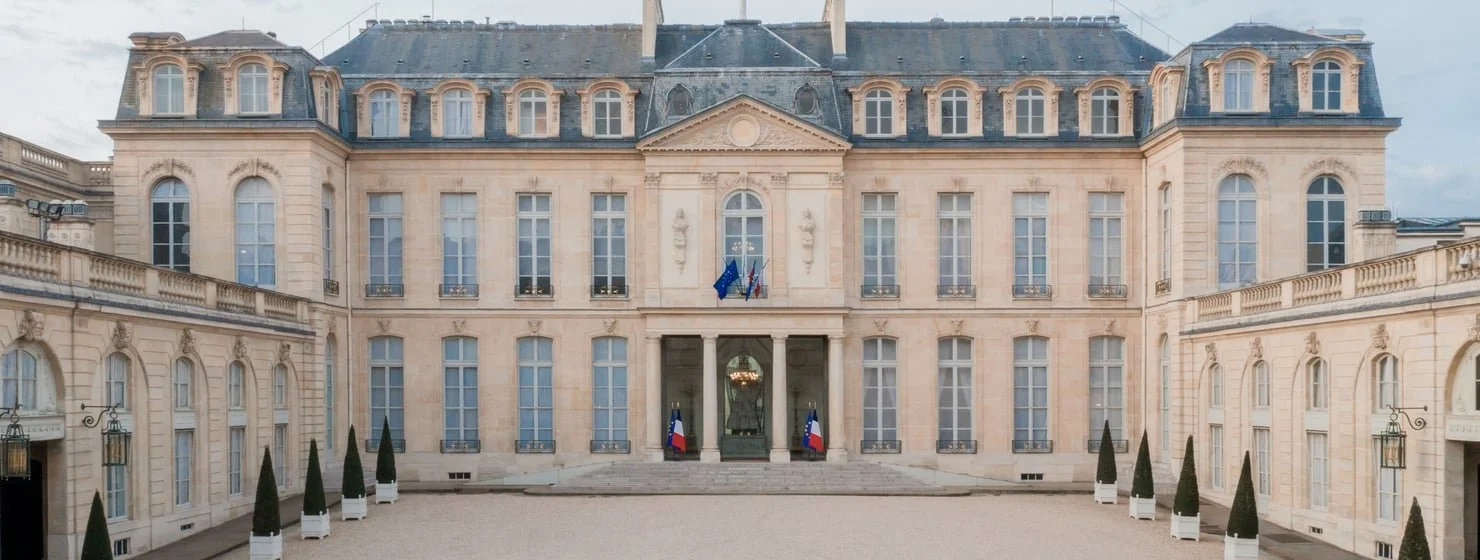Heat pumps in the Palais de l’Élysée
Overview
The Élysée Palais is the seat of the Presidency of the French Republic and the official residence of the Head of State since the Second Republic.
It is now using geothermal energy to cover its heating and cooling needs. Works have started this year and geothermal energy is due to come on stream in spring 2024 for cold production and at the end of 2024 for heat production.
The Élysée Palais, built in the 18th century, is an old historic monument, which means it is a heat sink. Heating of the building is very energy-intensive and produces high levels of greenhouse gases. That’s why it needed to turn to renewable energy solutions. The choice was made to use geothermal energy since it is the most flexible, reliable and cost-benefit renewable energy.
The geothermal heat pumps will cover the Hôtel du Comte d'Évreux, where the ceremonial offices take place and where lounges and the private flat of the Head of State are located.
Geothermal energy will cover 60% of the palace's heating needs, as well as part of its cooling system in summer. explains and the president of Strategeo which takes over the works. Greenhouse gas emissions will furthermore be reduced by around 80% and energy bills will be cut by at least half.
“We can produce four to five kilowatt hours of heating while consuming just one kilowatt hour of electricity”
Investments
The drilling will cost €700,000 and the whole project will cost around €5 million. The work is due to continue until 2024, and the return on investment is expected within five years.
“It’s a major investment, but we can expect a return on investment in five or seven years”
Technical aspects
The pipes go down 65 meters (the equivalent of a 26-storey building or the towers of Notre-Dame) in the earth. They pass through several layers of alluvium, marl, limestone and two water tables before reaching a third water table, the "Ypresian sands", where the water is 15°C all year round.
The system will extract 45 m3 per hour to supply a network of geothermal heat pumps providing a total heating capacity of around 400 kW explains Jean Loup Lacroix, CEO of Strategeo, the main contractor.
Works are unique considering the unusual building it covers. Digging requires much caution as the basement is riddled with galleries. The basement of the Palais see a network of evacuation tunnels in case of danger and a bunker - the PC Jupiter - created under Valéry Giscard d'Estaing to serve as a command centre and air raid shelter.
Summary
Depth of drilling: 2,000 meters
Geothermal power: 5 KW
Units covered: 15,000 m2
CO2 emissions avoided: CO2 will be reduced by around 80%
Savings in customers’ bills: Energy bills will be cut by at least half

